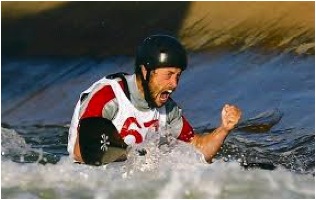Inconsistency Kills
Inconsistency kills. When you as a leader say one thing but do another you kill your credibility. You demotivate your people. And you undermine your ability to win.
What does inconsistency look like? It’s when you trumpet excellence yet tolerate mediocrity. When you commit to a strategy but don’t execute it. When you provide moral support but not material support. When you emphasize respect but act disrespectfully. In each case you’re sending the same message: I said one thing but did another. So what’s the message your people are receiving? You’re not credible. You can’t be trusted.
As a leader, they’re judging you. Constantly. They listen to what you say but they hear what you do. Are you consistent? We’re bloodhounds for inconsistency from the time we’re young. Ever have a child catch you doing something you shouldn’t? “Why did you do that when you told me not to?” Uh-oh. How far does the do-as-I-say-not-as-I-do explanation get you? Right.
The crime of it is your people want you to be credible. They want to trust you. They want to believe you’ve got a clear vision and are committed to achieving it. Most of all, they want to feel secure in knowing you’ll set them up to succeed, not to fail. Consistency inspires. Inconsistency kills.
Your thoughts?
Michael












